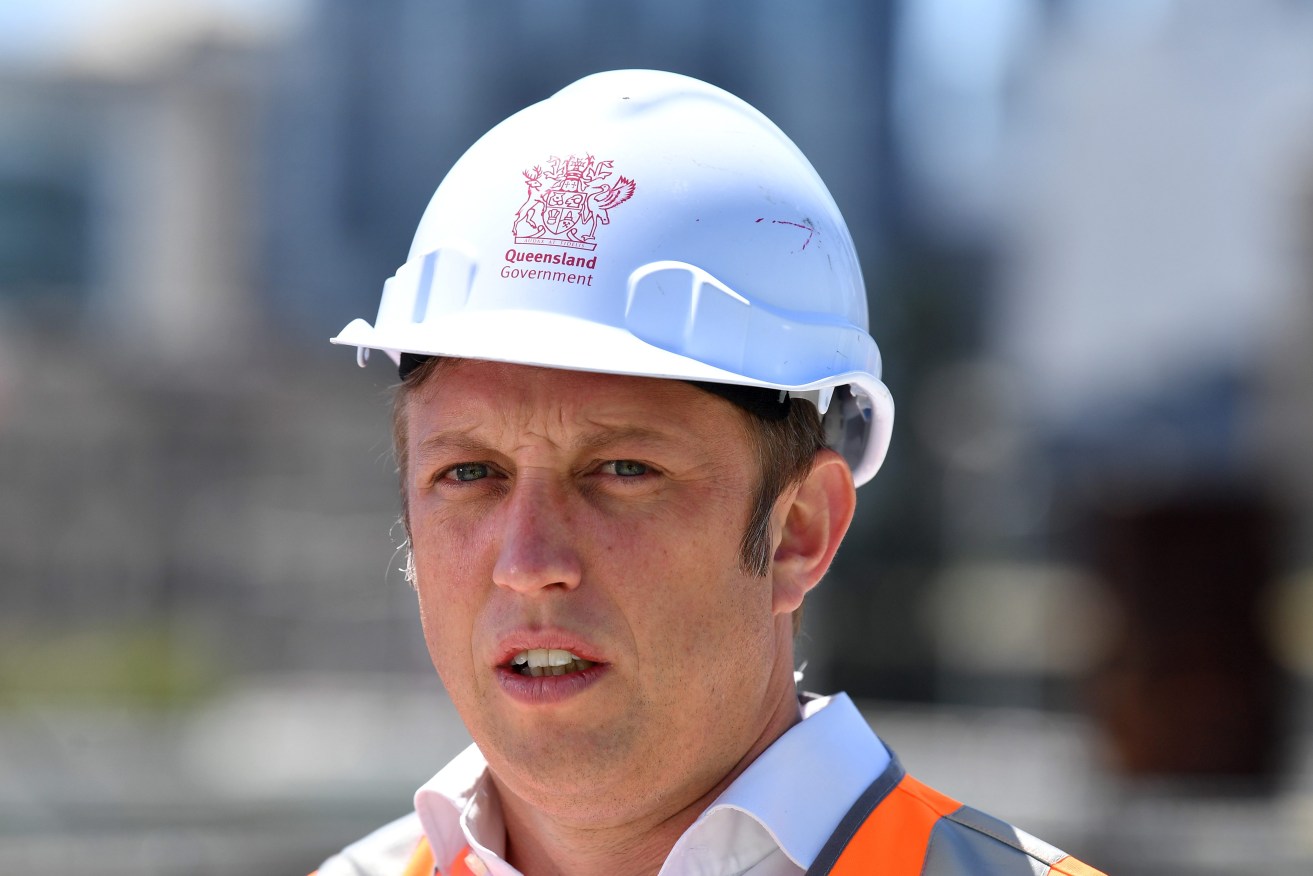From growing pains to full-blown crisis: How immigration is pulling our levers
A population boom is one of the key reasons the supply of housing has been a disaster for three years. Why can’t it be fixed? John McCarthy reports.


Steven Mile is aiming for Queensland to make 240,000 new home starts this year - but is likely to come up 90,000 short. (AAP Image/Darren England)
There was once a wonderful Bruce Petty cartoon in the NSW Parliament depicting the process of government. In it, a man is seen frantically pulling levers and pushing pedals that each counteracted the other.
It seems that is where we are at now. A case in point is immigration and the impact it has had on housing. Intake has soared.
While that has gone on, the Property Council said its surveys showed there had been four years of public concern over housing affordability and supply, although there had been a slight improvement in sentiment in the December quarter, which it attributed to the new leadership of Steven Miles in Queensland.
The council describes it as “severe growing pain’’, which may be a little generous. For someone trying to enter the housing market or pay rent it’s a full-blown crisis.
A central issue is the number of arrivals into Australia. In the year to September 2923, 549,000 net overseas migrants came to Australia.
In south east Queensland the population recently tipped over 4 million. Within the SEQ, the Gold Coast hit the devil’s number of 666,000, the Sunshine Coast is at 365,00, Toowoomba 181,000 and Moreton Bay is at 510,000.
The state’s population was 5.4 million and by 2035, it’s expected the population will hit 5 million in SEQ.
Net overseas immigration into Queensland in the year to September 2023 was just shy of 90,000, about 32,000 came from interstate and the natural increase was 23,000.
Even Townsville has breached the 200,000 mark, and all of this has occurred with barely any debate or vision on how to deal with the very clear implications.
To be clear, we need immigration. It adds to the economy and the vibrancy and diversity of society.
And while the increasing numbers are no doubt a boost to the state’s economy, we are nowhere near accommodating them or even the existing residents.
To drive that point home the number of private dwelling approvals (houses and units) in Queensland fell by 28 per cent February, although the house component was up marginally.
That is fundamentally because of interest rates, but population and immigration are also at the heart of the housing problem. The more people who flood in, the more demand there is for accommodation, prices rise and affordability sinks. The higher interest rates only increases that burden.
So why does the Federal Government persist with its immigration? Would turning off the tap help – and is there some sort of Big Australia agenda?
Maybe, it certainly aligns with it, but if we didn’t have the soaring population, we would have a few other problems, ie a worker shortage and a recession.
What it does show is the Federal Government’s priorities, which appear to be about fixing worker shortages.
It’s true that the flood of arrivals actually kept us out of a technical recession as all those new residents spent up on establishing themselves and started paying taxes.
Without all those arrivals there would be a bigger worker shortage than the one that already exists and that would also have a very significant impact on business.
Companies would potentially not be able to meet orders, would hold off on investment and would stall expansions.
Ironically, while the housing sector is well short of meeting the demand, it also desperately needs more workers (migrants), who in turn help fuel the demand. Estimates are that it will need an extra 486,000 workers by the end of 2026, about half of which would need to be skilled tradesman.
Australia has a goal of 240,000 home building starts this year. It’s likely to be about 90,000 short.
The building sector is not going to get those workers from a magic hat. It needs fundamental shifts in attitudes, like women suddenly considering construction as a job and men considering a trade qualification rather than a university degree, both of which are long term solutions.
It’s fair to say the industry has a long way to go to get women to sign up in big numbers.
The point could be made that the industry is its biggest problem, but that sidesteps the market failures that have led to that.
Adding to this, is also the massive infrastructure shortage and the concern in the construction sector that the Olympics will only add to the problem by increasing the demand for workers.
Whoever wins the next state election will have to deal with an overwhelming shortage of just about everything: roads, rail, hospitals, housing, schools etc.
Property Council executive director Jess Claire said Queensland had an enviable growth trajectory and there were endless opportunities for the state, but “right now however we are in a protracted period of severe growing pain’’.
“While there are increasing confidence levels in the hotels, tourism and leisure sectors, driven by anticipation for the 2032 Olympic and Paralympic Games, challenges remain, particularly in delivering residential supply to the market.”












